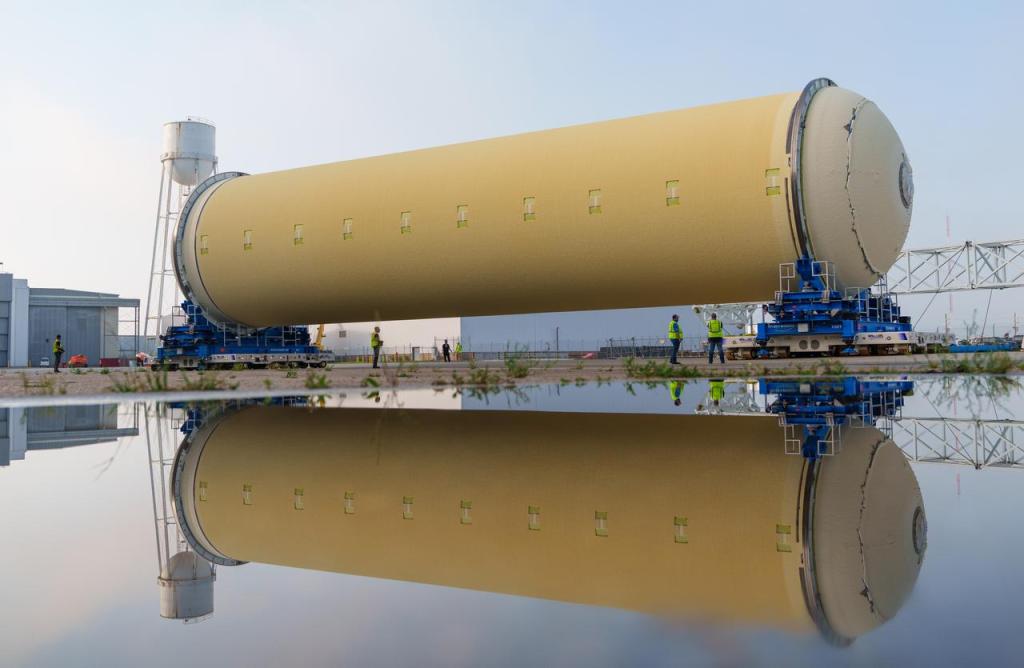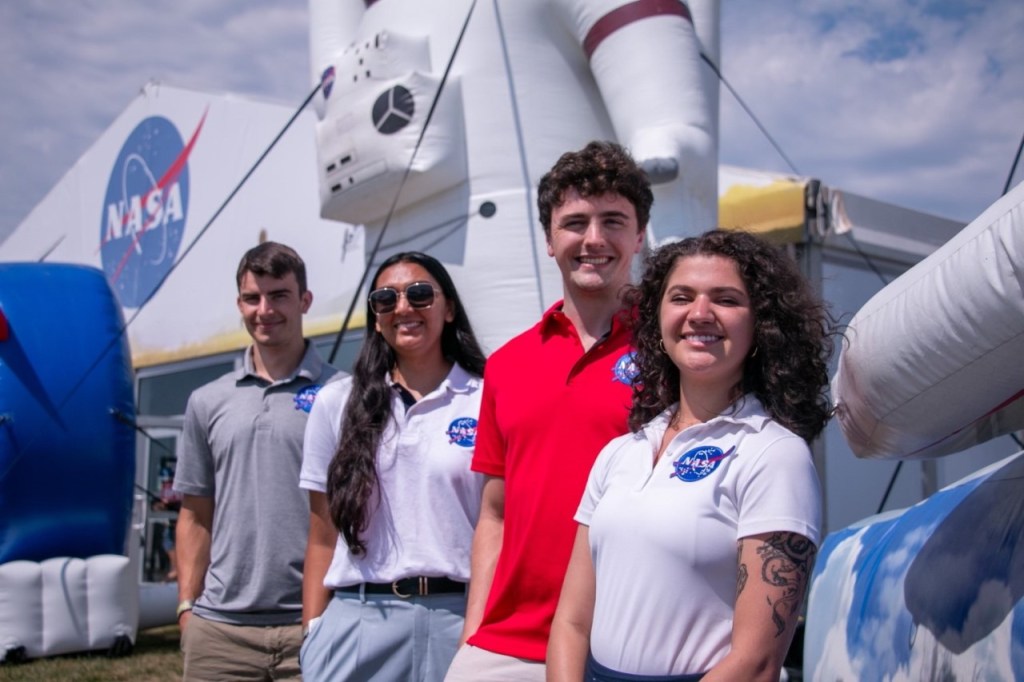Commercial Crew Development was a NASA investment funded by $50M of the American Recovery and Reinvestment Act (ARRA) funds, to stimulate efforts within the private sector that aid in the development and demonstration of safe, reliable, and cost-effective space transportation capabilities. In a multiphase strategy, the program was designed to help spur the innovation and development of new spacecraft and launch vehicles from the commercial industry, creating a new way of delivering cargo – and eventually crew – to low-Earth orbit (LEO) and the International Space Station (ISS). As NASA retired the Space Shuttle, the ability of private industry to take on the task of providing routine access to space was of vital importance.
In addition to SpaceX and Orbital, NASA has doled out funds to additional companies for develop solutions for crew transportation to low-earth orbit (and thereby, help ‘catalyze’the private space industry-and by association. the economy).
Who was Involved?
Blue Origin of Kent, Washington, was awarded up to $3.7 million for risk-mitigation activities related to development of their “pusher” Launch Escape System (LES), which increased flight safety and lowered operating costs, and produced a composite crew module pressure vessel for structural testing that may lower their spacecraft weight and improve damage tolerance. Blue Origin’s known craft under development was the New Shepard, a vertical take-off and landing craft inspired by the old NASA DC-X concept. With a very 1950′s sci-fi style, it simply launched straight up (to orbit) and reenters the same way, all the way down to landing on struts.
The Boeing Company of Houston, Texas, was awarded up to $18 million to develop their commercial crew space transportation system through System Definition Review (SDR). Boeing’s system concept was for a seven crew capsule based on the Apollo shape that may be launched on a medium class expendable launch vehicle. Boeing’s effort will include capability demonstrations in their integrated Reaction Control System, Orbital Maneuvering System, Launch Escape System, Thermal Protection System, Avionics Integration Facility, Crew Module pressure vessel fabrication, landing system, life support system, Automated Rendezvous & Docking (AR&D), and Crew Module Mockup fabrication.
Paragon Space Development Corporation of Tucson, Arizona, was awarded up to $1.4 million to develop an Environmental Control & Life Support, Air Revitalization System (ARS) Engineering Development Unit.
Sierra Nevada Corporation (SNC) of Louisville, Colorado, was awarded up to $20 million to further develop their commercial space transportation system. The Sierra Nevada Corporation, which acquired private space company SpaceDev in 2008, was awarded $20 million of the $50 million total. Sierra Nevada’s system concept was for their Dream Chaser (DC) seven crew spacecraft, based on NASA’s HL-20 lifting body, to be launched on an Atlas V 402 launch vehicle. Their CCDev effort built and test a Dream Chaser Engineering Test Article (ETA), defined integrated structural loads, developed software algorithms, developed their Software Assurance Plan, designed their Guidance, Navigation, & Control system, built & fly a Dream Chaser scale model for approach & landing tests, built & test their Orbital Maneuvering System (OMS) motor, built & test their Reaction Control System (RCS) thruster prototype that uses non-toxic propellant, conduct Thermal Protection System (TPS) trades, mature integration of the Dream Chaser to the Atlas V launch vehicle, and build a DC/Atlas V 402 wind tunnel model for testing.
United Launch Alliance of Centennial, Colorado, was awarded up to $6.7 million to mature a modular Emergency Detection System (EDS) for their Atlas V and Delta IV launch vehicles. The ULA EDS provided launch vehicle heath monitoring in real time and provided the earliest warning of impending catastrophic launch vehicle failures for commanding of crew launch escape – improving crew launch safety.
CCDev2 Information
The second round of Commercial Crew Development (CCDev2) kicked off in April of 2011 when NASA awarded nearly $270 million to four companies to aid in further development and demonstration of safe, reliable, and cost-effective transportation capabilities. Winners of CCDev2 were Blue Origin ($22 million), Boeing (92.3 million), SpaceX ($75 million), and Sierra Nevada ($80 million).
























